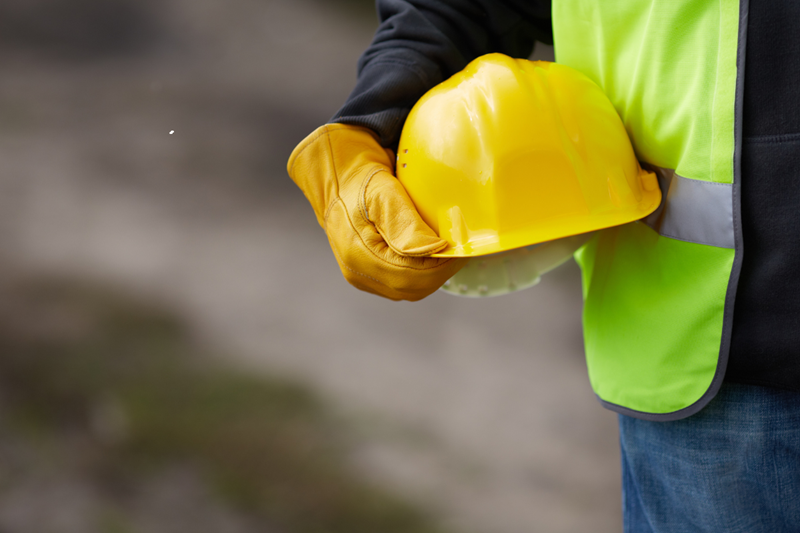BIMSafe NZ officially started in November 2021 with an event at Tait Technology Centre, where the team introduced the project and outlined its objectives and outcomes. November 2023 marks the end of the second year of the project, and this year has brought significant changes to both our scope and delivery model. It is important that the project practices what it preaches and embraces the use of technology to enhance what we are trying to achieve.
The core intent of the project remains intact, which is to improve the safety of workers and users of facilities within New Zealand. We want to educate and promote the use of BIM and associated technologies to improve both collaboration on health and safety all the way along the supply chain, and the understanding of risk through model visualisation.
BIMSafe Summit in Christchurch: Year two started with our second BIMSafe summit held in Christchurch in November 2022. Attendees were presented with research from CHASNZ on the current state of health and safety by design (HSD) in New Zealand. The conclusion reached by this project is that HSD is still in its infancy, and that the process focussed more on safe building design rather than safe work design.
Farzam Farzadi from BECA took us on a virtual tour of an industrial project, which included a driver training module for the safe entry and exit from the site. Professor Larry Bellamy showcased the latest industry trends around digitisation, and that BIM technology represented the greatest opportunity for advances in design, planning, sequencing, productivity and safety.
Web Portal: The most significant development from 2023 was the decision to change the outputs of the project from a PDF document to a web portal. This decision has allowed us to go way beyond our original vision to include a wider range of case studies, greater breadth of technological tools, and allow user-generated content to future-proof the project.
Case Study Development: In addition to the work on the web portal, the project has been developing case studies from the ACC/ Otepoti building in Dunedin, the Court Theatre in Christchurch, and the Te Kaika facility in Dunedin. As well as designers and main contractors, these include the perspectives of sub trades in reinforcing steel, structural steel, electricians, and plumbers. We also have several other projects on board as further case studies, including the Auckland City Rail Link, Auckland Airport, and an Auckland data centre.
Guidelines Development: The authors have completed the first twenty articles which will constitute the bulk of the guidelines. Each article features a health and safety function aligned to a BIM application and targeted at a specific user group. We have released two research papers on BIMSafe for Procurement, and BIMSafe for Facilities Management.
Looking ahead to 2024: Our third industry summit in November 2023, which had an emphasis on current best practice in the industry, was the first event for a busy final year for the project. (See article in this newsletter). The overall theme for the Beyond the Blueprint Summit was that BIM technology and digitisation is alive and well in construction across New Zealand, and that those who do not jump on the wave may find themselves left behind. This summit is going to be repeated in Auckland on February 14th, 2024.
Other significant events for this final year will be our launch of the web portal in June, concluding with a nationwide roadshow to promote the project and its outcomes.

